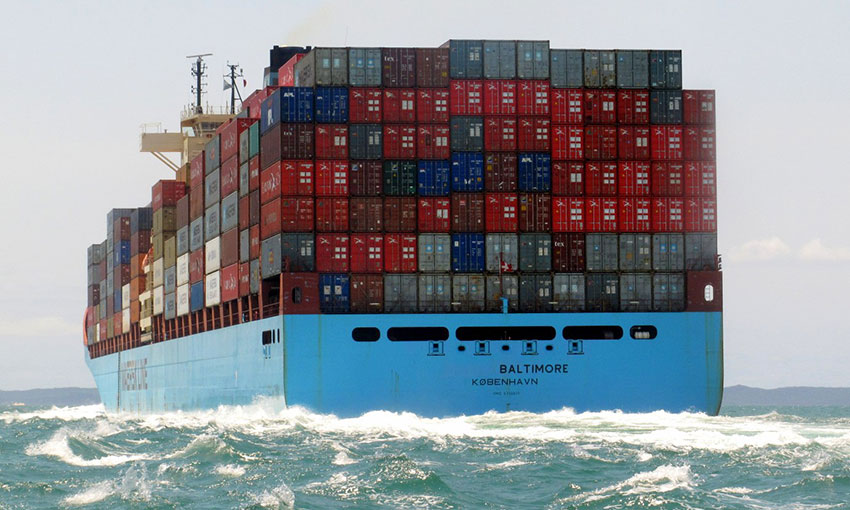RESEARCH firm Drewry reports that the container shipping sector is either already facing or about to face higher costs. This comes amidst booming stocks and rising profitability for most operators.
Apart from their individual R&D and capex decisions, carriers are likely to face new expenses related to the wider shipping industry’s efforts to decarbonise operations, according to Drewry’s latest research.
The European Commission has chalked out a strategy for decarbonising shipping. The commission announced on 14 July 2021 its proposal to gradually introduce shipping into its Emissions Trading System, a carbon market that operates in all EU countries with the aim of achieving climate neutrality in the EU by 2050.
The system operates under a cap and trade principle that currently applies to GHG and CO2 emissions. It works by capping overall GHG emissions of all participants in the system, which is then reduced over time.
Carbon emitters are obligated to pay for each tonne of CO2 they generate using EU allowances. Such allowances are described as rights to emit GHG emissions equivalent to the global warming potential of one tonne of CO2 equivalent. The level of the cap determines the total number of allowances available in the whole system, which can be traded among ship owners.
“Starting in 2023, 100% shipping emissions from intra-EU voyages and 50% of carbon emissions on a voyage to or from a port in the EU will be included in the ETS,” analysts from Drewry said.
The first year in which shipping companies will be liable for their emissions will be 2023. Thereafter shipping companies will be liable for 45% emissions in 2024, 70% in 2025 and 100% in 2026, and every subsequent year.
“Such a system will enable shipowners to take early steps to reduce their GHG emissions, meaning they will have allowances left to sell in the market.
“If their emissions exceed their allowances, they will face hefty fines, currently set at €100 per kg of excess CO2 emitted, unless they purchase additional allowances from the market,” the analysts said.
“According to our calculations, companies such as Maersk, Hapag-Lloyd and CMA CGM could face an annual cost burden of at least 8-10% of their EBIT from 2023 assuming there are no carbon allowances.”
Note that the cost burden for carriers as per cent of EBIT could rise even further when shipowners must surrender enough CO2 permits to cover 45% of their emissions in 2024, 70% in 2025 and 100% in 2026 and thereafter.

